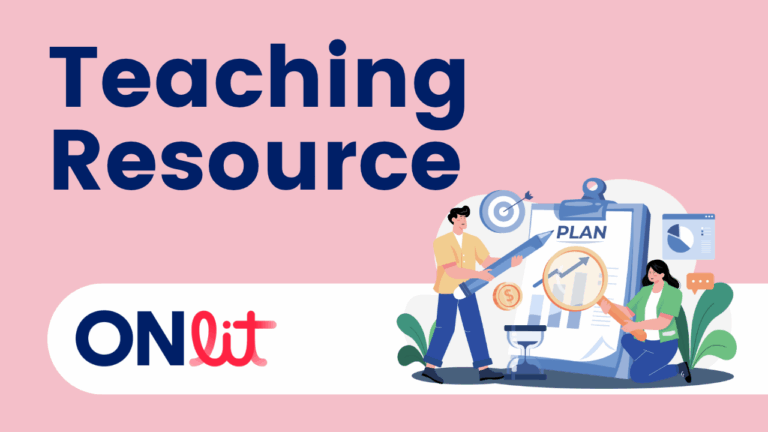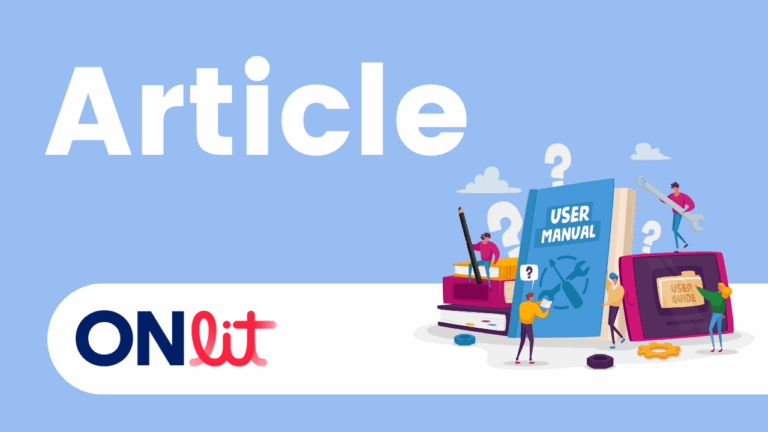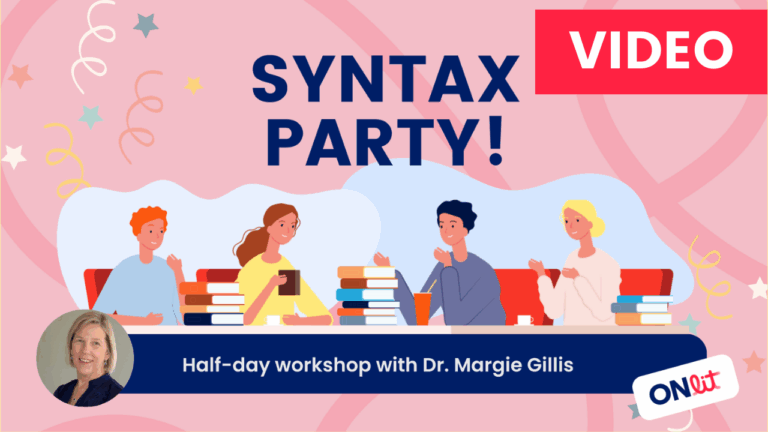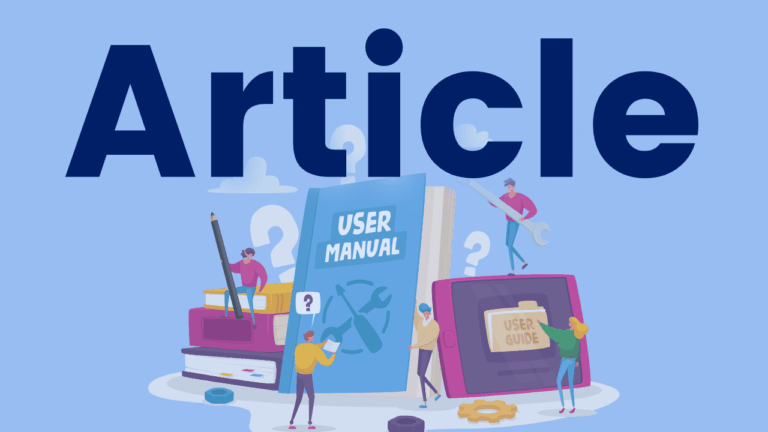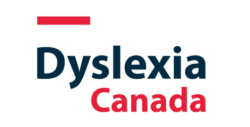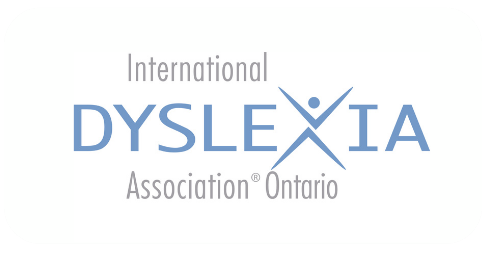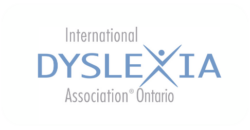Grade 3 thinkSRSD-inspired POWeR Cycles
This resource features a collection of thinkSRSD-inspired POWeR (Plan, Organize, Write, Revise) cycles designed specifically for Grade 3 writers. Each cycle supports students in becoming strategic writers through explicit instruction in key strategies, with built-in opportunities to connect writing instruction to Grade 3 content areas.

